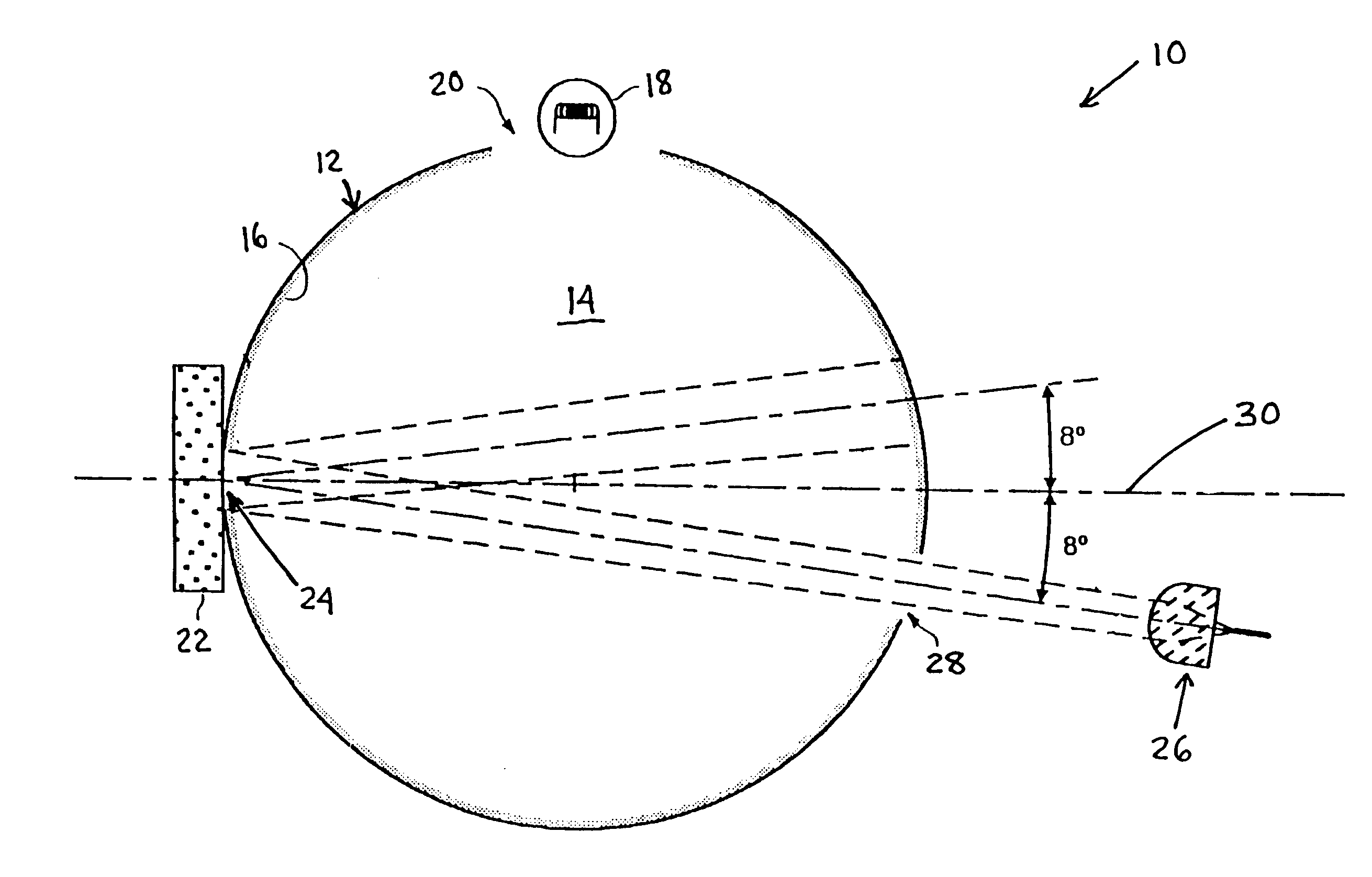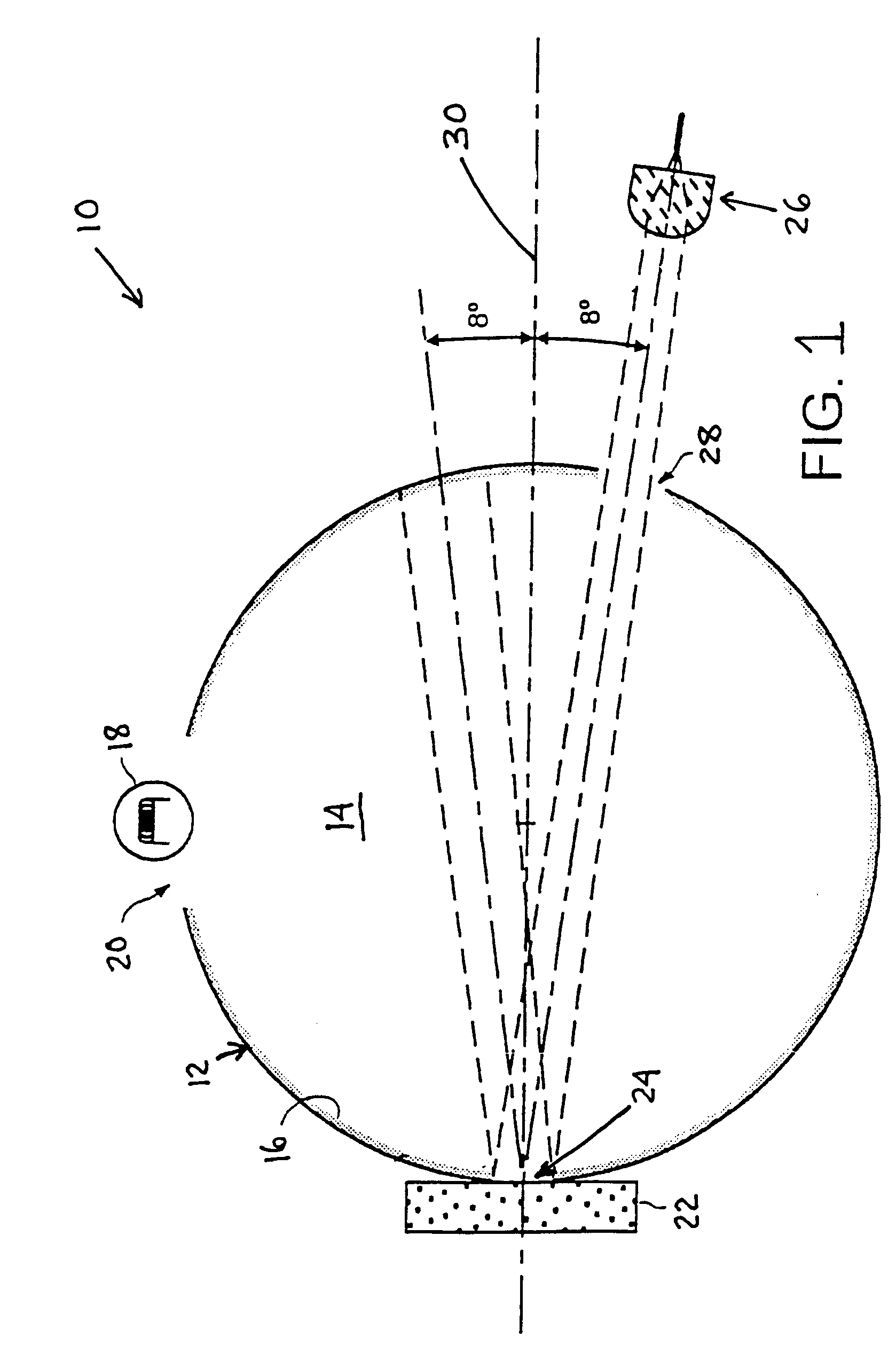Method of verifying color and strength properties of batches of wood stains
a technology of color and strength properties and batch production, applied in the field of semi-transparent wood stains, can solve the problems of unnecessarily high tinting strength of manufactured batches, tedious trial and error method, and inability to distinguish between the tinting strength of the manufactured batch and the standard tinting strength of the stain
- Summary
- Abstract
- Description
- Claims
- Application Information
AI Technical Summary
Benefits of technology
Problems solved by technology
Method used
Image
Examples
Embodiment Construction
[0008]As used herein, the term “wood stain” shall mean a semitransparent solution or suspension of coloring matter (such as dyes or pigments or both) in a vehicle (binder and thinner), designed to color a piece of wood by penetration without hiding it or leaving a continuous film. Wood stains typically have low solids contents relative to paint, i.e., less than 20 percent by weight solids.
[0009]Wood stains can be oil-based or water-based. Oil-based wood stains generally comprise one or more pigments, a binder such as an alkyd resin containing a drier, and organic solvents such as mineral spirits, VMP naphtha, kerosene, xylene, toluene or a mixture of these. In contrast, water-based wood stains have waterborne binders such as acrylic emulsions and water dilutable alkyds.
[0010]As used herein, the term “vehicle” shall mean a binder and one or more thinners and optionally other ingredients (excluding colorants) used to form wood stains.
[0011]As used herein, “colorant” shall mean a subst...
PUM
| Property | Measurement | Unit |
|---|---|---|
| wavelengths | aaaaa | aaaaa |
| wavelengths | aaaaa | aaaaa |
| thickness | aaaaa | aaaaa |
Abstract
Description
Claims
Application Information
 Login to View More
Login to View More - R&D Engineer
- R&D Manager
- IP Professional
- Industry Leading Data Capabilities
- Powerful AI technology
- Patent DNA Extraction
Browse by: Latest US Patents, China's latest patents, Technical Efficacy Thesaurus, Application Domain, Technology Topic, Popular Technical Reports.
© 2024 PatSnap. All rights reserved.Legal|Privacy policy|Modern Slavery Act Transparency Statement|Sitemap|About US| Contact US: help@patsnap.com










